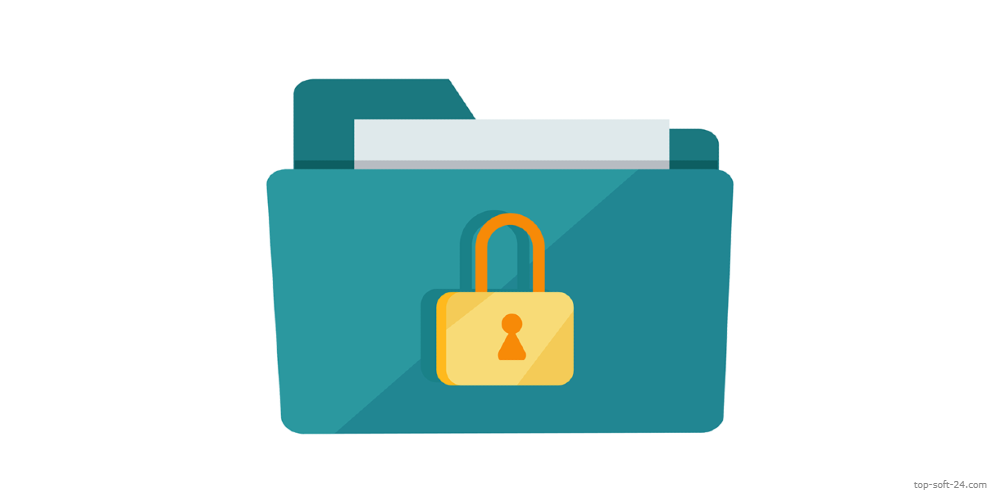Discover the Top 8 Methods for Sharing Files Securely
- 2023-05-05

In today's digital era, sharing files securely has become increasingly important. Whether you're sending sensitive documents or collaborating on projects, it's essential to ensure that your data remains protected from unauthorized access. In this article, we explore ушпре of the best ways to share files securely, discussing each method from various perspectives to help you choose the most suitable option for your needs.
1. Encrypted Email: A Classic Choice with Improved Security
Email is a widely used method for file sharing, but standard email services may not provide adequate security for sensitive information. Encrypted email services like ProtonMail and Tutanota enhance security by employing end-to-end encryption, ensuring that only the sender and recipient can decrypt and read the content. These services protect your data from potential interception while maintaining the convenience of email communication.
2. Cloud Storage with Advanced Encryption: Secure File Hosting and Sharing
Cloud storage platforms such as Google Drive, Dropbox, and Microsoft OneDrive offer secure file hosting and sharing options. These services use encryption protocols to protect your data both in transit and at rest. To further enhance security, consider using third-party encryption tools like Boxcryptor or Cryptomator before uploading files to cloud storage platforms. This adds an additional layer of protection when sharing sensitive information.
3. Secure File Transfer Protocol (SFTP): Reliable File Transfers for Professionals
SFTP is a robust method for transferring files securely over a network connection. It uses SSH (Secure Shell) protocol to encrypt data during transmission, ensuring protection against unauthorized access or tampering. SFTP is commonly used by businesses and professionals who require secure file transfenetworkseen servers or remote systems while maintaining a high level of reliability.
4. Virtual Private Networks (VPNs): Encrypted Tunnels for Safe File Sharing
VPNs create encrypted tunnels between your device and a remote server, allowing you to share files securely over the internet. By using a VPN, your data is protected from potential eavesdropping or interception by third parties. VPNs also offer the added benefit of masking your IP address and location, providing an additional layer of privacy while sharing files online.
5. Secure Messaging Apps: File Sharing with End-to-End Encryption
Secure messaging apps like Signal, WhatsApp, and Telegram have become popular choices for sharing files securely in a more conversational setting. These apps employ end-to-end encryption to protect the content of messages and file attachments from unauthorized access. Secure messaging apps are an excellent option for sharing sensitive information with friends, family, or colleagues while maintaining privacy and security.
6. Encrypted File Transfer Services: Temporary Links for Time-Sensitive Data
Encrypted file transfer services such as Firefox Send and Tresorit Send allow users to upload files temporarily and generate secure download links that expire after a set time or number of downloads. These services protect data during transmission by encrypting it before generating the link. This method is ideal for sharing time-sensitive data that requires an added layer of security through temporary access.
7. Zero-Knowledge Cloud Storage: Complete Control Over Your Data
Zero-knowledge cloud storage services like Sync.com, pCloud, and SpiderOak prioritize user privacy by ensuring that only you hold the decryption keys to your data. This means that even the service providers cannot access your files without your consent. By using zero-knowledge encryption, you maintain complete control over who can access your shared files while benefiting from the convenience of cloud storage.
8. Password-Protected Archives: An Extra Layer of Security for File Sharing
Password-protected archives, created using tools like 7-Zip or WinRAR, offer an additional security layer when sharing files. By compressing and encrypting files into a password-protected archive, you ensure that only recipients with the correct password can access the contents. This method is particularly useful when sharing sensitive data via email or cloud storage platforms that may not offer end-to-end encryption. To maximize security, use strong, unique passwords and share them securely with your intended recipients.

In conclusion, selecting the best method for sharing files securely depends on your unique requirements and preferences. Consider factors such as ease of use, level of encryption, and compatibility with your existing infrastructure when choosing the most suitable option. By prioritizing security when sharing files, you can ensure that your sensitive data remains protected from unauthorized access and potential cyber threats.







